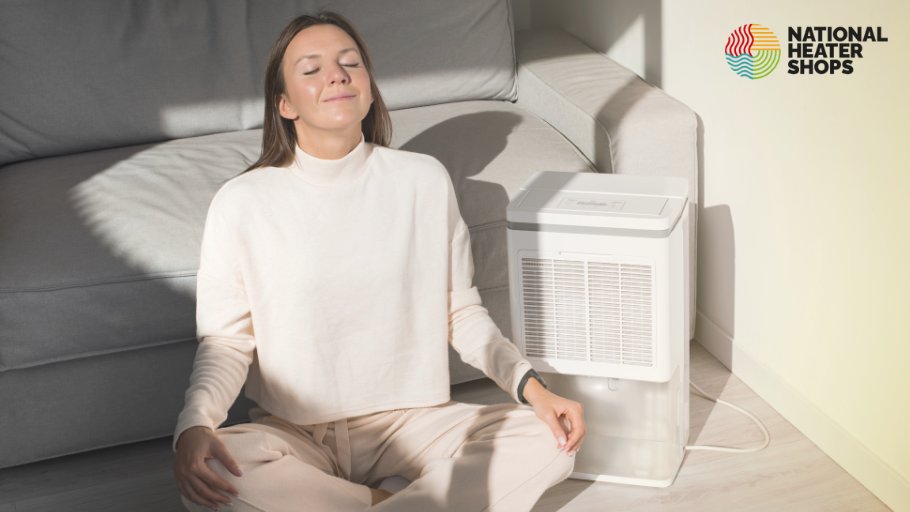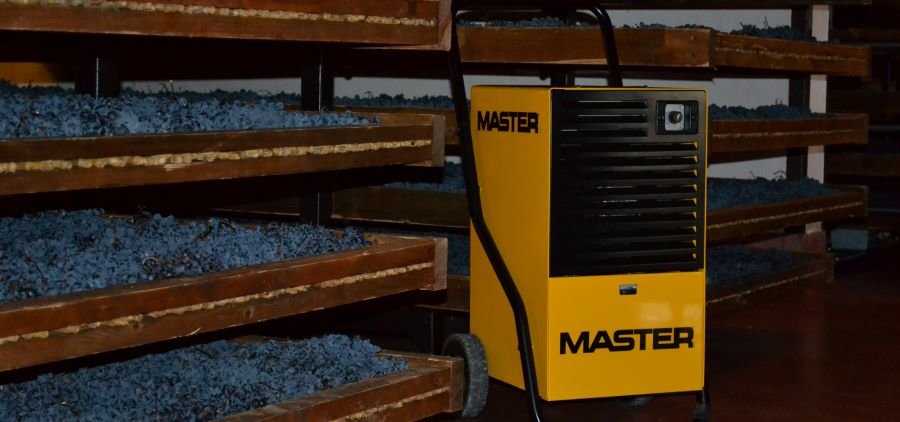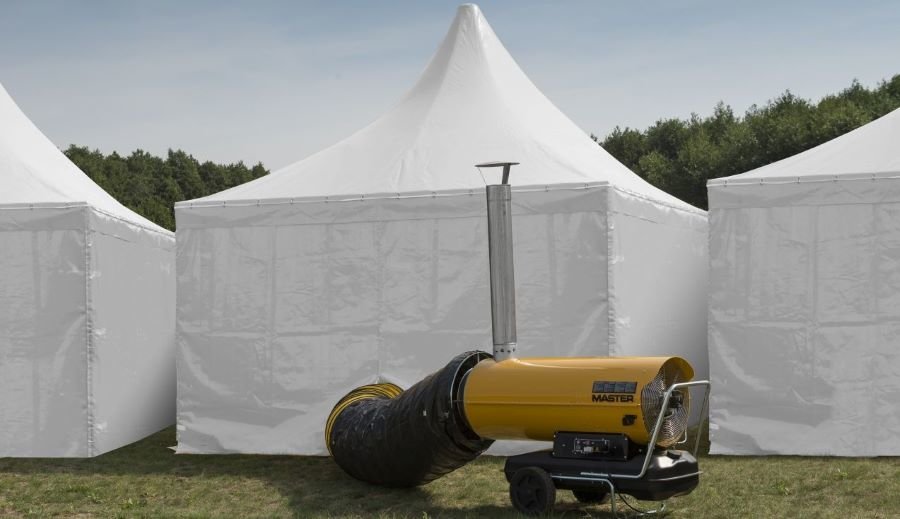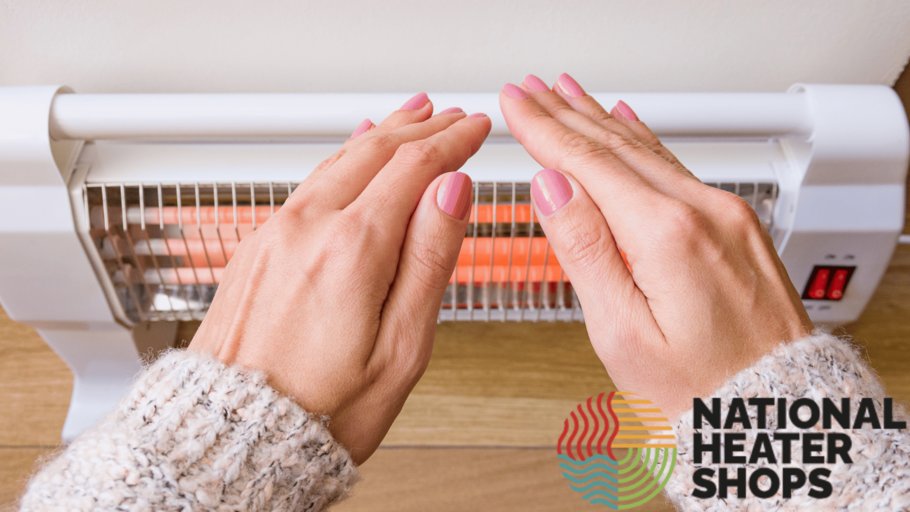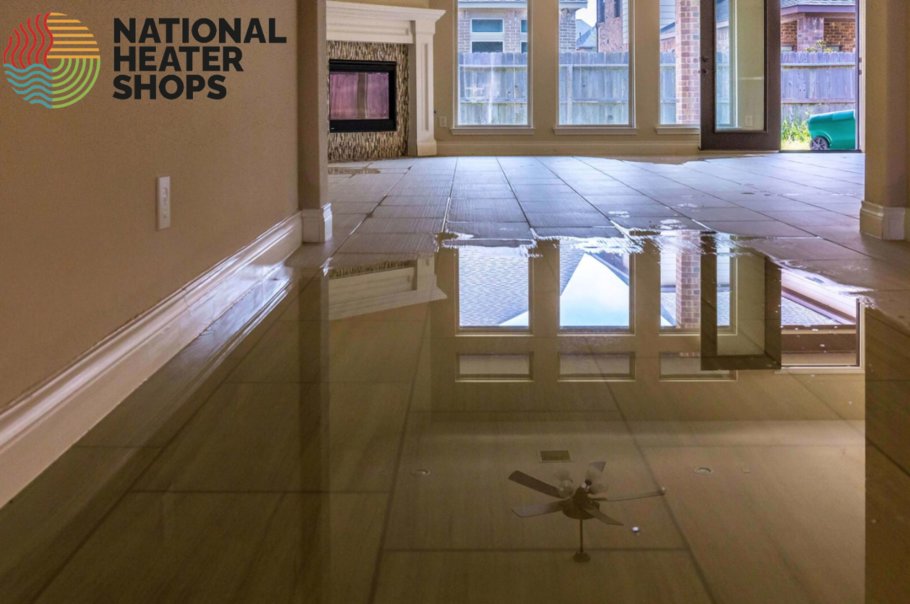Do you like travelling, especially in Southeast Asia? The food there is undoubtedly one of the best in the world. But when it comes to the climate, it would not be a surprise if you are not a big fan. The extremely high humidity level might haunt you throughout the trip. You wouldn't see a shopping mall or restaurant without duhumidifiers and air conditioners, as opening a window no longer helps unfortunately.
The device that often goes unnoticed yet plays a crucial role in maintaining comfort and well-being in our indoor spaces is the dehumidifier. A dehumidifier can effectively remove excess moisture from the air, creating a healthier and more comfortable environment.
By reducing humidity levels, dehumidifiers stop damp and mould from growing, which can have detrimental effects on both our health and the structural integrity of buildings. Whether you're dealing with mould growth or a damp problem at home, a good dehumidifier would be a vital factor.
In terms of commercial or industrial applications, a powerful dehumidifier is also of utmost importance because it removes a significant amount of water from the air of a space following water damage or construction work, preventing further damage and guaranteeing a safe and healthy environment for workers. On top of that, dehumidifiers can help improve the efficiency of HVAC systems in large commercial spaces, reducing energy consumption and costs.
What is a dehumidifier?
A dehumidifier is an electrical appliance designed to remove water from the air and control the level of humidity or moisture in the air within a confined space. Broadly speaking, it draws in moist, warm air, cools it to condense the moisture, and then blows back the dryer air into the space.
Mould, mildew, and dust mites all thrive in humid environments. This dehumidifying process not only contributes to making the indoor environment more comfortable and pleasant, but it also helps to prevent their growth.
In general, dehumidifiers remove excess moisture in various applications and settings, ranging from homes to basements, offices, lofts and even construction sites. They are also important in spaces like server rooms and museums, where controlling humidity is essential for preserving electronics and materials. Dehumidifiers essentially serve as invisible protectors against excessive moisture, encouraging a more pleasant and healthy living or working environment.
Types of dehumidifiers
There are two main types of dehumidifiers, namely compressor dehumidifiers and desiccant dehumidifiers. Both types have advantages and operate in very different ways.
Compressor dehumidifiers, also known as refrigerant dehumidifiers, employ a process comparable to that of portable air conditioning units. First, moist air passes through a set of evaporator coils that hold liquid refrigerant. When the air comes into contact with these coils, the moisture in it condenses into droplets that fall into a water tank. After that, the drier air is sent over the hot refrigerant gas that comes out of the evaporator coils. This makes sure that the air comes out of the unit at the same temperature as when it went in, ensuring a stable and regulated environment.
Desiccant dehumidifiers operate through a chemical mechanism where air is pulled into the device over a slowly rotating wheel made of multiple desiccant-coated panels. Desiccant is a chemical substance with water-absorbing properties that is responsible for the dehumidifying process. They are very sturdy and can remove a lot of moisture from the air, even at a lower temperature. But these dehumidifiers use more energy and cost more to run than traditional dehumidifiers that use refrigerant.
How do compressor dehumidifiers work?
Compressor dehumidifiers function based on the refrigeration or condensation principle. They comprise core components like a fan, cold coils and a water tank to collect moisture. The process includes drawing humid air into the device with the fan. Then the air is cooled over refrigerant-filled coils, also known as the evaporator, to cause condensation.
Similar to how condensation forms on windows, airborne moisture turns into liquid when it comes into contact with a cold surface. The water droplets formed during condensation drip into a water tank or are pumped away through a drainage system if one is available.
Heated elements or a second coil, also known as the condenser, slightly reheat the dehumidified air before releasing it to prevent overcooling. Many units have humidity sensors or timers for precise and energy-efficient control, automatically turning on and off when desired levels are reached.
The benefits of compressor dehumidifiers
Compressor dehumidifiers have versatile applications, including homes, offices, shops, workshops, and more. They prove beneficial for restoring areas after leaks, floods, or spills and are valuable tools for tasks involving wet trades like decorating or construction.
Dehumidifiers can be used to solve moisture-related problems when a damp-proofing course is insufficient to stop them from happening or when they have already started happening. Not only do these versatile units enhance air quality and comfort, but they also prevent issues like trapped condensation, mould, mildew, rot, odours, and allergens.
These dehumidifiers are more energy-efficient and effective in spaces above 10°C. They are very handy at homes or offices during the winter. You can maintain a comfortable and cosy environment without opening the window and consequently losing heat. In colder conditions below 10°C, desiccant dehumidifiers perform exceptionally well and might be a better alternative.
How do desiccant dehumidifiers work?
Desiccant dehumidifiers work by utilising a desiccant material, like zeolite or silica gel, to extract moisture from incoming humid air. The air passes over a rotating wheel coated with the absorbent, which collects the moisture. When the desiccant is saturated, heat is applied to release the moisture. The unwanted moisture is then expelled separately from an exhaust as water vapour. The dehumidified air is reheated before being released back into the room as the wheel turns. This ensures that the dried air is not excessively cold when it exits the unit.
The benefits of desiccant dehumidifiers
Unlike traditional compressor dehumidifiers, desiccant models excel in colder environments and low-temperature conditions due to the unique way they remove moisture from the air. The use of the properties of desiccant absorbing materials to adsorb water vapour gives them an advantage in colder conditions, such as garages, boats, caravans and holiday homes. Desiccants can stop ice from building up, which translates into a lower chance of accidents and less damage from frost.
Due to their design, desiccant units can achieve the same moisture removal rate as their compressor counterparts while being notably smaller and more compact. These machines possess impressive durability and can effectively extract substantial moisture from the surrounding air. However, they come with relatively higher energy consumption and operational costs. Nevertheless, desiccant models produce extra heat, possibly eliminating the need for a second heater when dehumidifying and heating a cold space simultaneously.
Their ability to operate efficiently in colder temperatures makes them a valuable choice for specific dehumidification needs. They are commonly used in spaces where precise humidity control is required, such as museums, libraries, archives, and industrial settings. They are also ideal for unoccupied spaces like basements and lofts, as they work efficiently in varying temperatures.
Quality dehumidifiers available online
Investing in a high-quality dehumidifier is essential for maintaining a comfortable and safe environment in both residential and commercial settings. At National Heater Shops, we have an extensive range of dehumidifiers available to buy online. Shop our selection today to find the perfect solution for your humidity control needs.
With user-friendly features like adjustable settings and automatic shut-off, our dehumidifiers provide convenience and peace of mind. View the full range of dehumidifiers on our website and make a difference in maintaining optimal indoor air quality and overall well-being!

